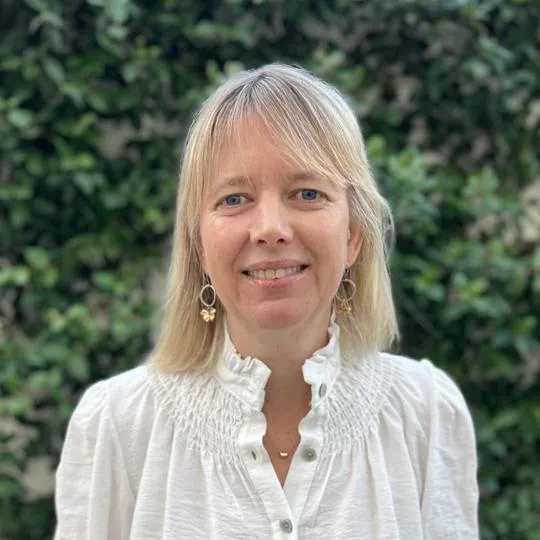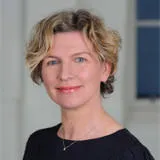Imaging peace - making peace images - asks us to imagine, define and capture what peace means to us. It is not an easy task, but the contributors have risen to the challenge. As global levels of peacefulness continue to deteriorate, they show us the many ways that peace is enacted, built and valued every day.
Dr Tiffany Fairey - Imaging Peace Project Lead
24 July 2025
Perspectives of peace, from Kashmir to the British Coast, now on display in Imaging Peace
Images of harmonious Rwandan landscapes, a sea of Ukrainian flags and the quiet act of prayer in Kashmir are now on display as part of ‘Imaging Peace’ on the Strand
Until 31 July, a collection of images shared by both professional and amateur photographers will form part of Imaging Peace, a large-scale outdoor exhibition on London’s Strand. Displayed on the exhibition’s screens alongside images from Dr Tiffany Fairey’s Leverhulme funded research project, these new images show what peace means in 2025 for the people who captured and shared them.
Submitted photographs include the quiet act of prayer at Srinagar’s historic Jama Masjid, a peaceful night time shot of Rwanda’s landscape framed by a full moon, a sea of Ukrainian flags laid in honor of fallen troops and a tranquil British coast and cloudscape.
The images were shared in response to an public participatory project, instigated by King's Culture earlier this year upon the launch of Imaging Peace. In response, photographers from across the world submitted their own visual perspectives of peace, many with commentary explaining how the image portrays peace to them.
Poet and photographer Alain Jules Hirwa shared two photographs ‘Misozi Gihumbi’ meaning ‘Thousand Hills’, a name Rwanda is often called due to its landscape, and ‘Karere’ a colloquial term in Rwandan youth culture for handmade soccer balls, typically crafted by stuffing plastic bags and tying them with string or cloth.
Speaking of ‘Misozi Gihumbi’, Alain said “This photograph contains a serene atmosphere and shows how Rwanda has outgrown the effects of the 1994 Genocide against the Tutsi, a time in which most photographs were of dead bodies and broken down houses and has become a country that is so peaceful one can photograph a harmonious landscape like this."
In this simple act of prayer, another narrative unfolds - a story of peace - not the fragile peace negotiated at conference tables, but the deeper peace that lives in the hearts of those who refuse to be consumed by hatred.
Tehmeena Rizvi
Captured at Srinagar’s historic Jama Masjid, Tehmeena Rizvi’s image of a woman in prayer was the first to be selected for display by the project team.
Reflecting on the photograph, Tehmeena said, "In Srinagar’s Jama Masjid, where history lingers in every stone, a woman kneels in quiet prayer. Once a witness to sermons, footsteps, and protests, the mosque now holds only stillness. Her prayer is more than devotion - it is defiance against a world that views her homeland through the lens of conflict.
"When the world speaks of Kashmir, it speaks in the language of violence, drowning out stories of faith and resilience. "Yet in this simple act of prayer, another narrative unfolds - a story of peace - not the fragile peace negotiated at conference tables, but the deeper peace that lives in the hearts of those who refuse to be consumed by hatred."
Image Gallery
All images will be displayed on the screens in Imaging Peace on London's Strand, until 31 July and can also be seen on Instagram
“This photo reflects peace to me personally because it shows a moment of relief and dignity — something we longed for during the difficult times when collecting firewood was a daily struggle. With access to LPG (liquefied petroleum gas), our children can now focus on their education instead of going into the forest. For the community, it’s a symbol of progress and hope.”
“As a photographer, I try to capture not just the challenges we face, but also the quiet transformations that bring comfort and healing.”
Photographer Mohammed Salim Khan
"This shows the economic advancement of Rwanda, from the 1994 Genocide against the Tutsi where most local children couldn’t afford a normal soccer ball to the year 2024 where they now can afford it, able to play.”
“Play is a luxury that is a symbol of peace, therefore this picture portrays the current peaceful climate of Rwanda.”
Photographer Alain Jules Hirwa
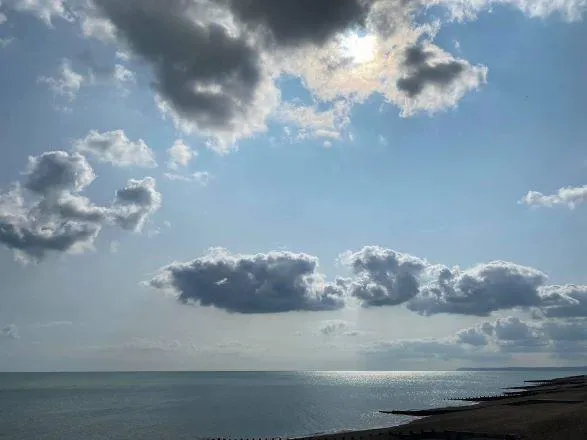
"A calm seascape and sky stretch into the distance—space to breathe, reflect, and just be."
Photographer Maria Thomas
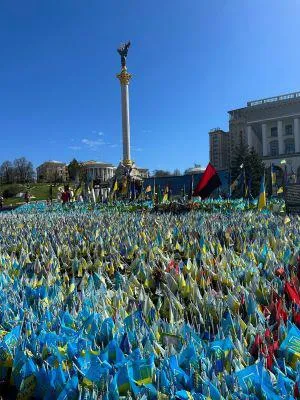
'The Price'
“Each flag is placed in honor of a soldier who gave their life defending their homeland."
Photographer Lidiia R.
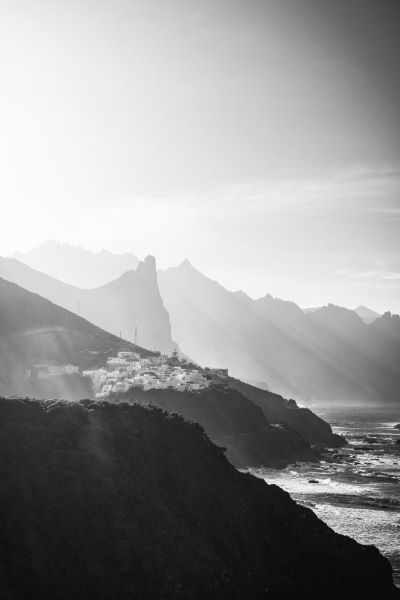
'Where Fear Falls Silent'
"In a time shaped by noise, haste and war, I found this moment.
A quiet village between the mountains, touched by light and sea mist – far from the world’s unrest, close to myself.
Here, I didn’t think in fear. I didn’t worry or chase.
I simply was.
For me, that is peace.”
Photographer Patrycia Schweiβ
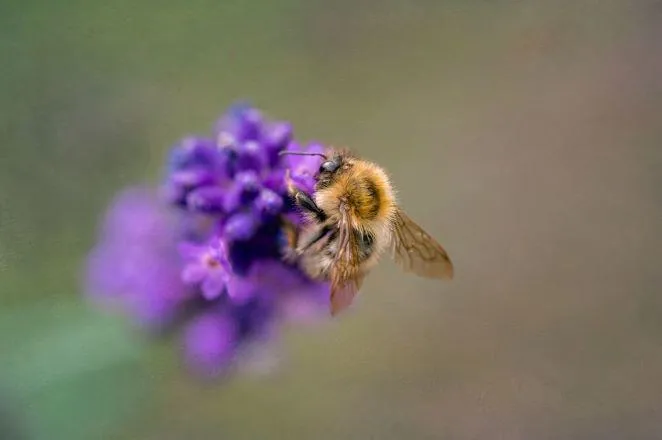
'Recreationally Dull'
“The image reminds me of days when peace seems like an omnipresent constant, rather than a rare state in the world.”
Photographer @karakurapikt

Speaking about the images shared, Director of Programming for King’s Culture, Alison Duthie said: “The invitation to our public and King’s communities to actively take part in this project captures the heart and the essence of Imaging Peace, where the personal connects with the universal, capturing our human response to how we can imagine a better world.
"Imaging Peace will continue beyond this exhibition, and we hope will continue to engage the widest possible audience with this vital work.”
About Imaging Peace
Imaging Peace platforms research and community peace photography projects from conflict-affected locations around the world the exhibition includes photographs from Bosnia & Herzegovina, Central African Republic, Colombia, Rwanda and Nepal.
Occupying large areas of the façade of Bush House facing the busy pedestrianised area of London’s Strand, Imaging Peace is structured around 8 images from 8 of the projects that have contributed to research led by Dr Tiffany Fairey, which explores the vital but overlooked relationship between photography and peacebuilding.
The peace photography projects featured within Imaging Peace were devised and delivered in the countries they took place in and include: Everyday Peace Indicators (Colombia), Feminist Memory Project (Nepal), Fotohane Darkroom (Turkey), The Home Stay Exhibitions (Rwanda) The Love Tales (Bosnia & Herzegovina) Odyssey (USA), Picturing Reparation (Central African Republic), Rohingyatographer (Bangladesh).
Imaging Peace features photographs taken by people whose lives have been directly shaped by conflict and violence, and who have participated in community peace photography projects. It presents images that depict different and distinct perspectives on peace, taken by former soldiers, refugees, young people growing up in the aftermath of genocide and war, survivors of conflict related gendered violence, communities caught in the crossfire of armed conflict and women activists who are resisting ongoing violence.
By bringing together an array of peace photography from different countries, Imaging Peace reveals multiple perspectives of peace from the people who are actively striving for it. Participant’s images make peace, rather than war, visible in a very public and direct way, an active and important choice for those capturing photographs.
Lost & Found: Stories of sanctuary and belonging
Imaging Peace at King’s is a collaborative project with Dr Tiffany Fairey, supported and produced by King’s Culture at King’s College London, in partnership with the Faculty of Social Science & Public Policy. It is part of Lost & Found: Stories of sanctuary and belonging, a free programme of arts and ideas at King’s College London, presented by King's Culture and created with artists, researchers, academics and communities from London and beyond.
Lost & Found explores themes of refuge, resilience, and the search for safety in a world facing significant social, political, and environmental challenges. It reflects King’s status as a University of Sanctuary and has been inspired and informed by King’s life-changing research and One King's Impact commitment to building peace and justice in a turbulent world.

